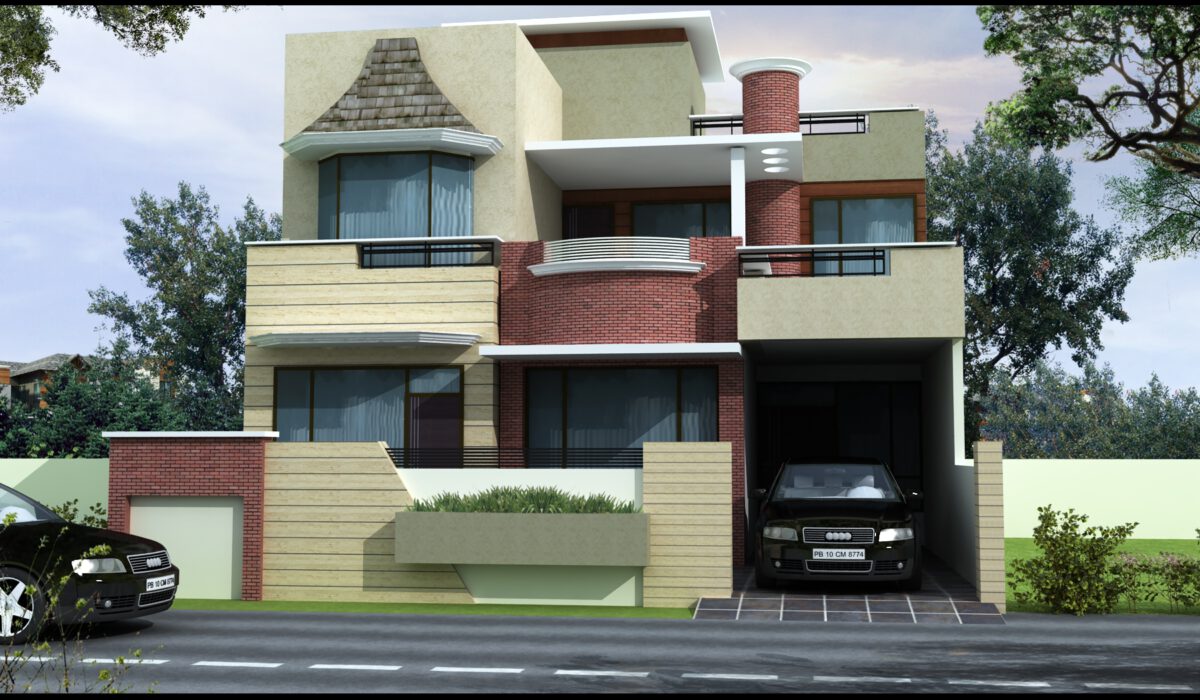1. If you plan to use some of Vaastu tips in your house, perform bhoomipujan in northeast or center of the plot. Begin excavation from northwest side and laying of the foundation from southwest side. Leave more space around the house on North and East sides and less on South and West sides. Keep garage in Northwest or Southeast corner. Keep Puja room in Northeast corner of house. In it, keep the deity facing west. Keep bedrooms in Southwest or Southeast direction. Keep bathrooms in Southwest and kitchen in Southeast corner. Keep dining room in the West and study room between West and Southwest. Keep the staircase in such a way that the steps lead you from East to West or from North to South but not in reverse directions. Keep total number of doors and windows at each floor as even not odd. Following all these rules may be a wonder in itself however your architect may certainly strike a harmony between the old philosophy of Vaastu and the new rules of planning to generate a beautiful plan. Believe in him.
2. Per square foot cost of a building with a larger plan area is lesser than that of a building with lesser plan area. This is because the cost of walls is nearly the same in both buildings and gets divided by larger area in a large building. Save on this account wherever possible. Also, the circulation area should be planned carefully as it increases cost. Lesser is the percentage of circular area to total plan area, lesser is a buildings cost.
3. Increase in the storey height of a building increases its cost. It is obvious as with the increase in height of walls, quantity of masonry work also increases. But this is not the only reason behind increase in cost. Increased height increases the load of walls on slabs and beams and on foundations, making them thicker, wider and heavier. Thus choose an optimum storey height. A 10 feet height for a storey is good enough. Check the building bye-laws applicable in the area. These may prescribe 10’6” height for ground storey and 10 feet for first and subsequent stories.
4. Avoid use of thumb rules in the design of the buildings. Even in structural design manuals, there are many methods to design a building. All the methods are safe when followed correctly. So ask your structural engineer to choose an economical design method. Limit State Design method is better and economical and prefer to have the design done by this method.
5. Bigger is the size of doors and windows in a building; higher is the cost of the building. This is due to the reason that these days, cost of masonry and plastering work is much lesser than the cost of woodwork, its painting or polishing. Thus choose optimum sized doors and windows. Though certain minimum sizes of doors are essential for movement of occupants, furniture and the luggage, avoid unnecessarily bigger sizes. Similarly keep the windows and ventilators of optimum sizes to have good ventilation and natural light and avoid oversized windows. Mega sized windows have become popular these days but can be afforded only if low cost is not a consideration.
6. Vaastu-shastra was written when there were no electricity or modern gadgets available. Our ancestors were wise enough to link it with religion and prosperity to make the people follow it. Otherwise its sole purpose was to provide good ventilation, natural light and free movement in a house. That’s why Vaastu asks to leave a courtyard at the centre of the house, which was a requirement in the ancient times but not now. As the plots these days are planned back to back, facing all directions, choosing an East or North-facing plot may not always be possible. So hire a good architect to plan your house for good ventilation and natural light instead of insisting for the ancient rules. However you may induct some good points wherever possible, without affecting the architectural necessities.
More tips will follow next week. Till then, happy building!


